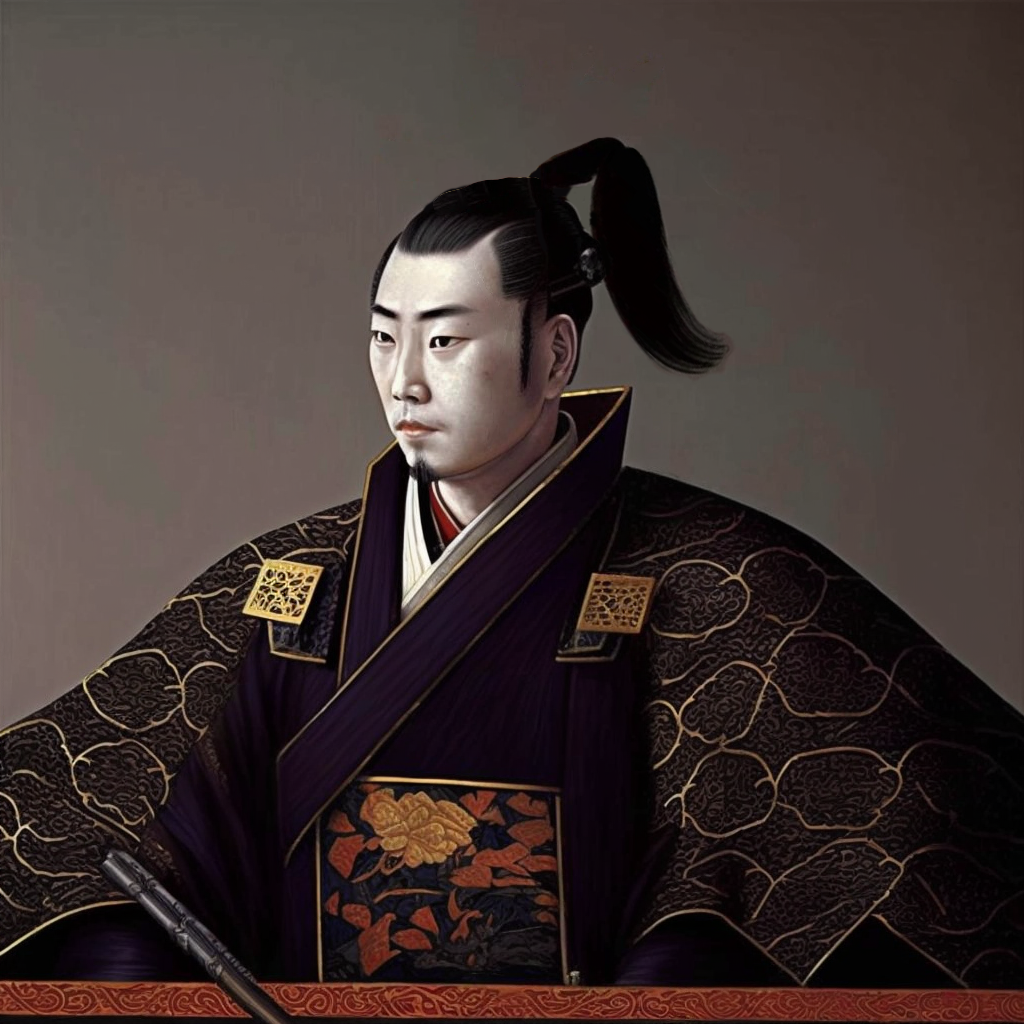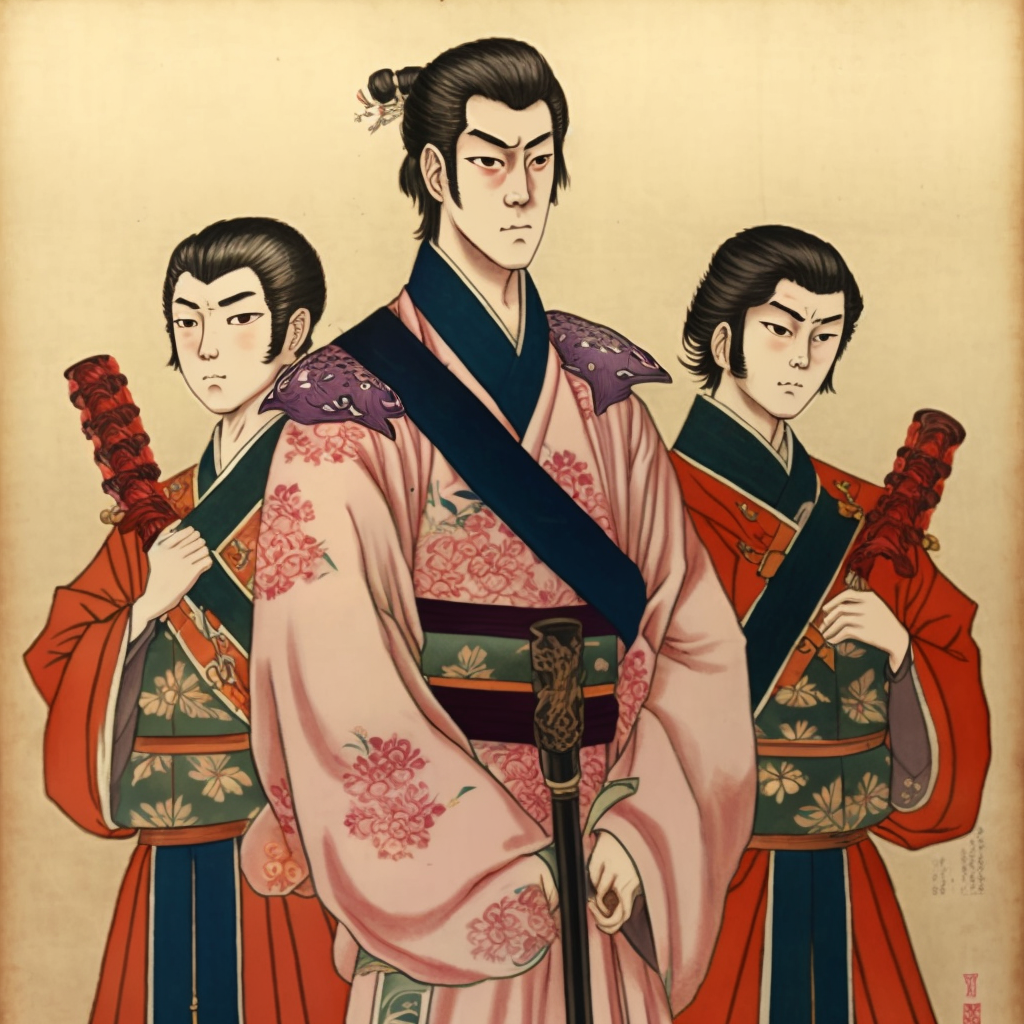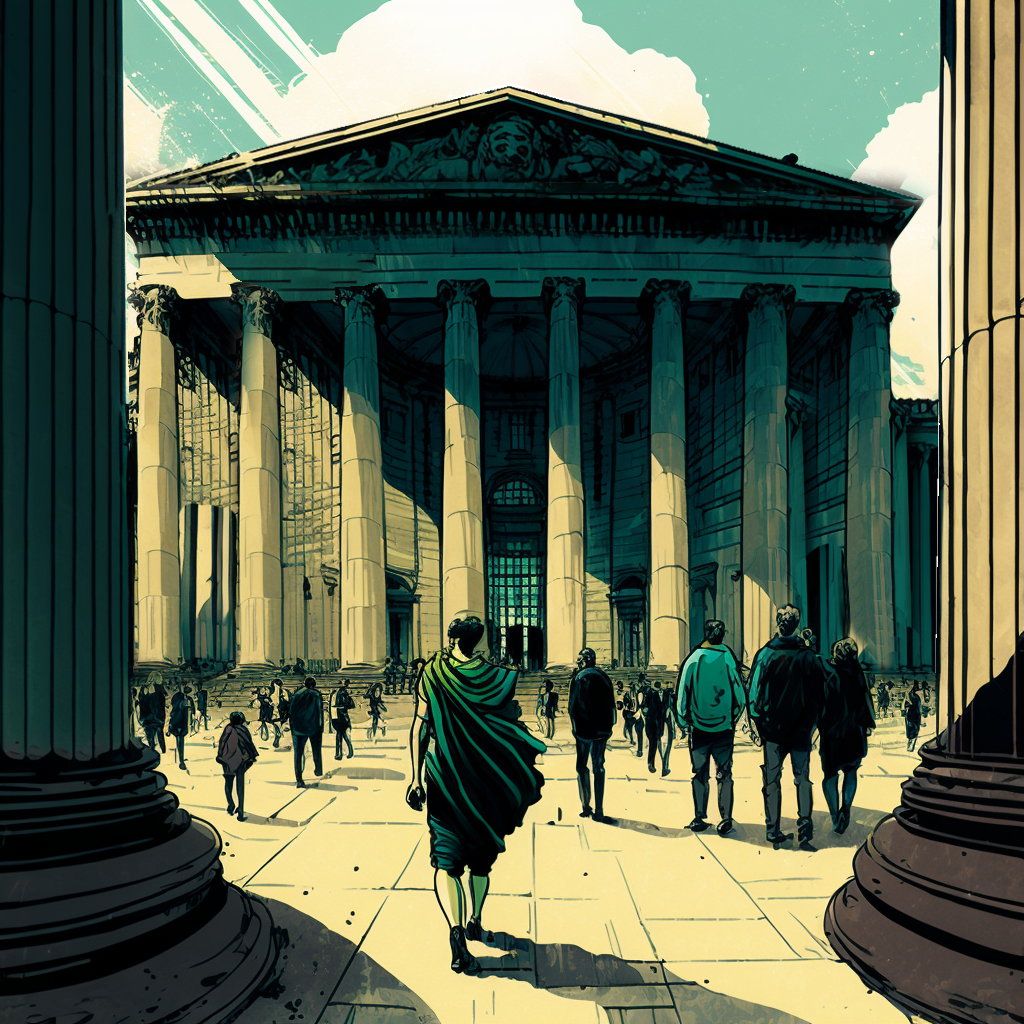After the battle of Sekigahara (1600 ), Tokugawa Ieyasu who succeeded Hideyoshi took the old title of Shogun, after having defeated his last opponents.
He will then establish the longest of the dynasties which will reign without sharing during almost three centuries of internal peace.
In order to make a break with the other dynasties, he established his new capital in Edo (old Tokyo). A strongly centralized government then appeared, the shogun was at the head of a hierarchy of lords “the daimyos” who exercised their powers in the different provinces (“the han”) of the Archipelago. He will structure and codify all aspects of the life of the country. The shogun exercised a police power which left the emperor, locked up in his palace, with only a ritual function.
To better reinforce his action and fearing the influence of the West, Tokugawa Ieyasu sent back the Portuguese and the Spaniards and hermetically closed Japan on itself in 1639 for two centuries.
The only trading post was the island of Deshima. The country was then completely isolated from the outside world which allowed it to keep its traditional values and to avoid Western colonization, but it lost the opportunity to integrate valuable novelties.
Between 1680 and 1709 Tsunayoshi reigned over the country. He brought the masterless samurai “the ronin” to heel. Development of poetry and theater
Under the Shogunate of Ienobu (1709-1713) Arai hakuseki launched Confucian reforms, advocating social order and respect for superiors, but the most important work of Ienobu was the overhaul of finances.
Shogun Yoshimune (1713-1751) strengthened the central power in relation to feudalism by limiting great vassals and confiscating fiefs. He also taxed the luxury of the samurai caste by obliging them to give an example of humility in times of economic difficulties. It is then that the art of the luxurious button and the extravagant Netsuke, objects allowing to attach objects to the belt, develops.
The Edo period was a time of great economic prosperity, the well-managed countryside developed the extension of rice fields. New cities were created (Hiroshima, Sendaï…) and art flourished considerably. Bunraku (Japanese theater born during the 17th century.
The characters are represented by large puppets, manipulated at sight), Kabuki (combining singing, dancing and ka-bu-ki talent), Haïkus (extremely short poem aiming at saying the evanescence of things) and Ukiyo-e prints and Utamaro’s paintings are born at this time.
However, this splendid isolation did not resist the Western powers, including the United States, which in 1853 forced Japan to open up.
It was the end of the Tokugawa reign, unable to absorb this shock. In 1868, the young Emperor Meiji took back the power. The military had confiscated it for 700 years.
Focus on the attempt to evangelize Japan
Attempts at evangelization in Japan began in the 16th century with the arrival of Portuguese Catholic missionaries. However, these early efforts faced many obstacles, including resistance from the Japanese population and restrictions imposed by the Japanese government.
In the 17th century, Jesuit missionaries moved to Japan and began preaching Christianity. They met with some success, gaining many converts among samurai and merchants, but also faced strong opposition from the Japanese government.
In 1614, the Tokugawa Shogunate put strict restrictions on missionary activities and banned Christianity. Many missionaries were expelled and religious practices were strongly suppressed. It was not until the 1850s, when Japan was forced to open its doors to the outside world under pressure from the U.S. Navy, that restrictions on missionary activities were lifted.
In the following decades, Christianity grew rapidly in Japan, with many Japanese adopting the religion. However, this also led to growing tension between traditional sectors of Japanese society and new converts to Christianity.



